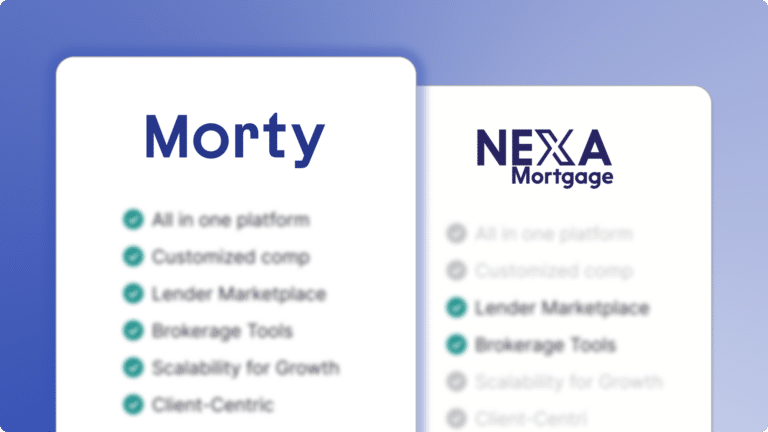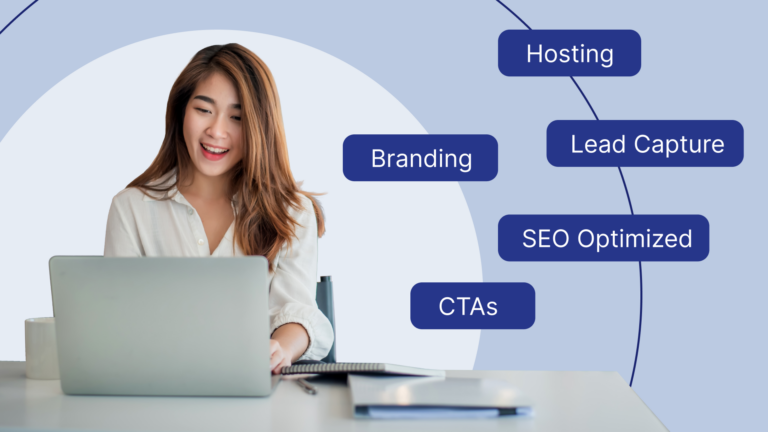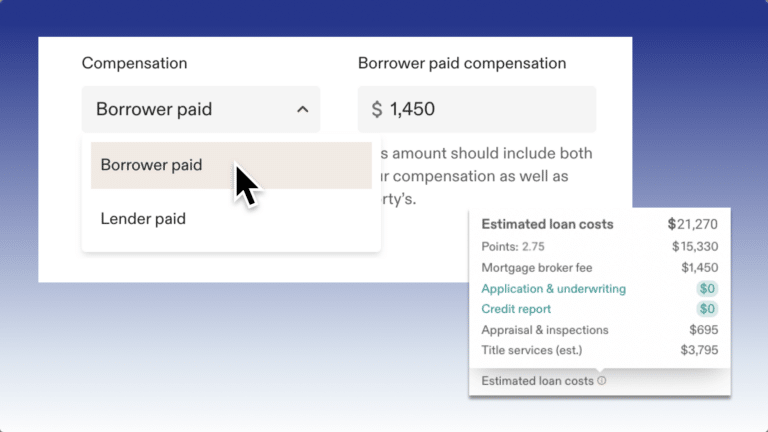Not every borrower has a steady paycheck—and that doesn’t mean they’re not qualified for a mortgage. Asset depletion loans, a type of non-QM mortgage, allow loan officers to qualify borrowers based on their liquid assets instead of their income. These loans are ideal for clients who are asset-rich but may not have regular monthly earnings that fit the conventional DTI box.
What Is an Asset Depletion Mortgage?
An asset depletion mortgage allows a borrower to use their financial assets—such as cash, investments, or retirement accounts—as income for the purpose of qualifying for a mortgage. Rather than evaluating W-2s or self-employed income documentation, lenders apply a formula to the borrower’s assets to calculate a qualifying income stream.
These loans are offered by many wholesale and non-agency lenders and fall under the category of non-QM (non-qualified mortgage) products.
Who Are These Loans For?
Asset depletion loans are a great option for:
- Retirees living off savings or investment income
- High-net-worth individuals with minimal taxable income
- Self-employed borrowers with volatile or hard-to-document earnings
- Clients who have recently sold a business or real estate and are holding liquid funds
Many of these borrowers may not qualify for conventional loans due to low reportable income, even if they have millions in reserves. Self-employed clients in particular often benefit from this structure when business deductions reduce their taxable income.
How Asset Depletion Is Calculated
Lenders use a standard formula to determine how much income a borrower’s assets can represent. Typically, they divide the total eligible asset balance by the loan term in months.
For example:
If a borrower has $1.2 million in liquid, verifiable assets and the loan term is 30 years (360 months), their qualifying income might be calculated as:
$1,200,000 ÷ 360 = $3,333/month
That monthly income can then be used to evaluate the borrower’s debt-to-income ratio. Learn how to calculate DTI.
What counts as eligible assets?
- Checking and savings accounts
- Non-retirement brokerage accounts
- Retirement funds (often discounted by 30–40%)
- Trust funds or annuities (if liquid and documented)
Benefits of Asset Depletion Loans
These loans open up new paths to homeownership and investment for borrowers who might otherwise be overlooked by traditional underwriting. Here’s why asset depletion loans are a powerful option:
- Let borrowers qualify based on real wealth, not just income
- Bypass the complexity of self-employed income documentation
- Avoid issues tied to recent business changes or investment income volatility
- Can enable larger loan amounts than traditional DTI-based methods
- Provide flexibility for high-credit, low-income borrowers
What to Watch Out For
Not all asset types qualify equally. Lenders may:
- Discount retirement account balances if borrower is under 59½
- Require reserves in addition to depletion funds
- Exclude illiquid or restricted accounts
- Require explanation or documentation of recent asset changes
It’s also important to confirm that the borrower won’t rely on future income or asset sales to repay the loan, as non-QM underwriting is based on present financial ability. Lenders need to ensure the borrower can meet monthly obligations without needing to liquidate assets mid-loan or anticipate future earnings.
Borrower Scenario: The Retired Investor With Minimal Income
Take Janet, a 67-year-old retiree with $1.8 million in brokerage and retirement accounts. She has no pension or W-2 income, but she wants to purchase a $700,000 condo in Florida.
Using the lender’s formula:
- Total assets: $1,800,000
- Eligible income: $1,800,000 ÷ 360 = $5,000/month
Matched with: Asset depletion loan
Why it’s a good fit: Janet doesn’t need to pull from her investments immediately and avoids being penalized for not having taxable income. Her strong credit and down payment make this a low-risk deal.
Offering Asset Depletion Through Morty
At Morty, we make it easy to offer asset depletion loans:
- Our Point-of-Sale captures detailed asset information up front
- Our processing and fulfillment team understands the nuances of these deals
- Rosey AI can answer real-time questions about eligible asset types, loan structures, and lender guidelines
- Our lender network includes top non-QM providers with competitive asset depletion products
FAQs
Can I combine asset depletion with other income types?
Yes. Borrowers can blend asset-based income with self-employment income, rental income, or even Social Security.
Do retirement accounts count?
They often do, but some lenders apply a discount to account for early withdrawal penalties or tax exposure.
How much in assets is typically needed?
Depends on the loan size and PITIA, but many lenders want to see at least $500K–$1M in liquid, verifiable assets.
Why Asset Depletion Is Gaining Traction
As more clients seek flexibility in qualifying—especially in a higher-rate, post-pandemic lending environment—non-QM options like asset depletion are becoming essential for brokers looking to grow. These borrowers may not fit traditional molds, but they often bring high credit scores, large down payments, and overall financial stability to the table.
Asset depletion allows you to serve a demographic that is growing: baby boomers retiring with investment income, tech workers with equity proceeds, and entrepreneurs with wealth tied up in cash or short-term assets.
The Morty Advantage: Built for Edge Cases
Unlike traditional lenders, who may hesitate with non-standard scenarios, Morty is built to support edge-case loans at scale:
- Rosey helps you get answers fast about qualification and lender fit
- Our fulfillment infrastructure is designed for complex borrower types like asset depletion or self-employed
- We’re seeing more LOs succeed by bringing non-QM options to their networks, and our platform is set up to help you grow
If you’re ready to expand into asset depletion lending, we’re here to help—from quoting and submission to close.







